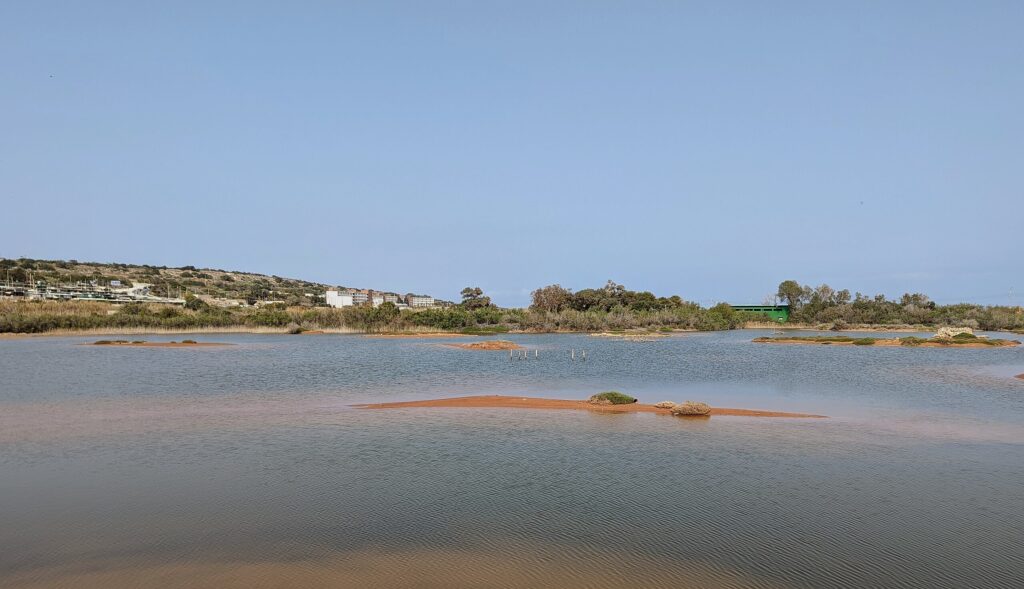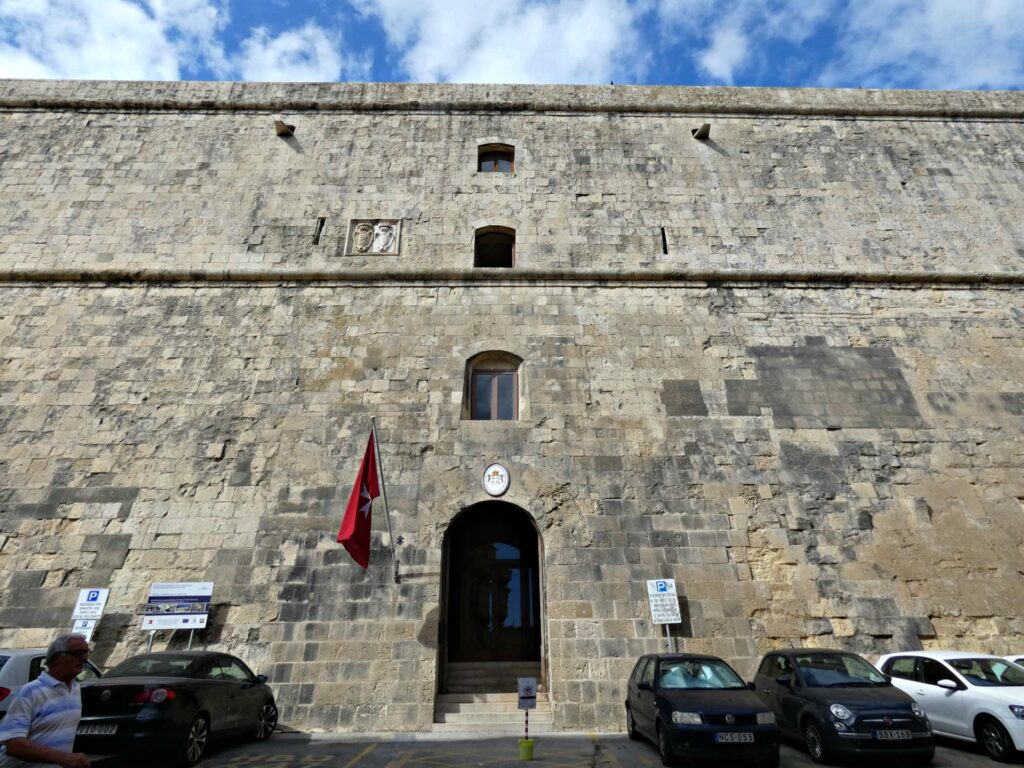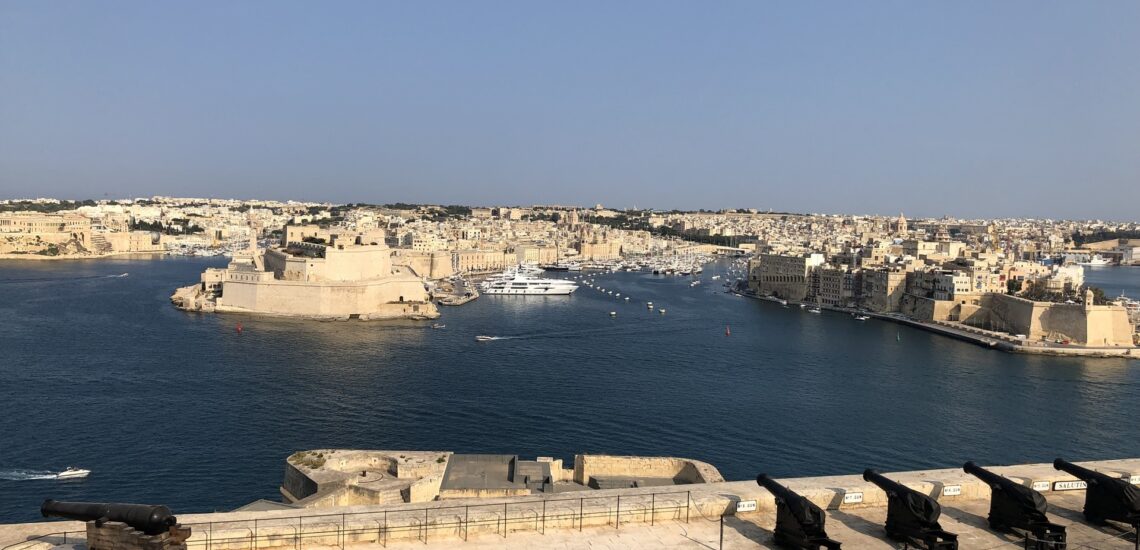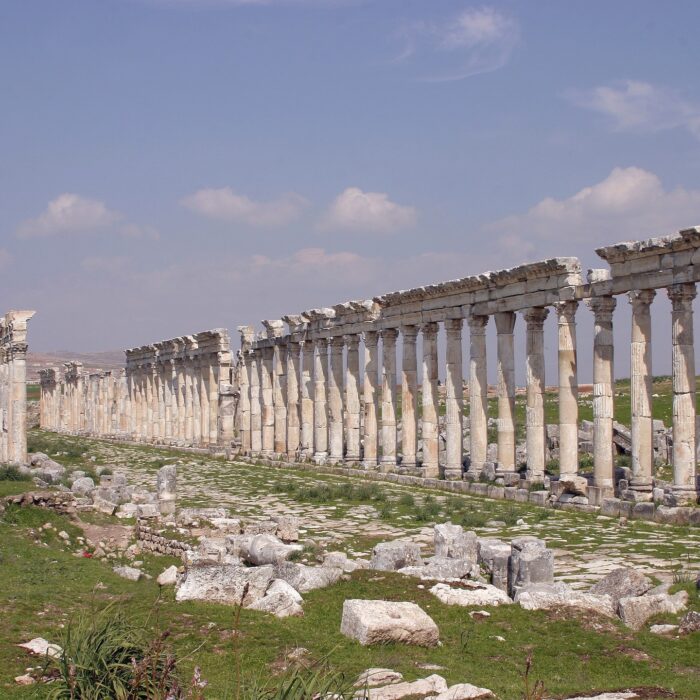Quick facts about Malta:
- Population: Malta has a population of around 514,000 people.
- Official Languages: Maltese and English are the official languages of Malta.
- Capital: Valletta is the capital city of Malta.
- Government: Malta is a republic with a parliamentary representative democratic system.
- Currency: The official currency of Malta is the Euro (EUR).
1 Fact: There are no natural sources of drinking water in Malta
Malta faces a water challenge with no natural drinking sources, relying on rainfall and seawater desalination. Conservation efforts include innovative reservoirs, but sustainability concerns persist. Public awareness campaigns stress collective responsibility for water conservation.

2 Fact: Malta is one of the smallest countries
Malta is one of the smallest countries globally, with a land area of just over 316 square kilometers and a population of approximately 514,000 people. Despite its compact size, Malta holds a significant historical and cultural legacy.
3 Fact: Malta has left-hand traffic
Malta follows left-hand traffic, meaning that vehicles drive on the left side of the road. This practice aligns with the British influence on the country, as Malta was a former British colony. Travelers and motorists in Malta should be aware of this traffic orientation when navigating the roads.
Note: If you plan to visit the country, check also whether you need to obtain an International Driving License to drive in Malta.

4 Fact: Malta has the most historical monuments relative to territory in the world
Malta boasts the remarkable distinction of having one of the highest concentrations of historical monuments relative to its territory in the world. Despite its small size, the archipelago is home to a wealth of archaeological sites, ancient temples, and architectural treasures that reflect its rich and diverse history. The UNESCO World Heritage-listed Megalithic Temples and the historic city of Valletta contribute significantly to Malta’s exceptional cultural heritage.
5 Fact: The Order of Malta is world famous.
The Order of Malta originated in Malta in the 11th century. Initially focused on medical care during the Crusades, it later became influential in the Mediterranean, defending Malta against Ottoman attacks in the 16th century. Although its territorial influence declined, the Order continues its humanitarian mission globally today.
The famous Italian artist Michelangelo worked in Malta and joined the Order of Malta.

6 Fact: Malta has some of the best beaches in Europe
Malta boasts some of Europe’s finest beaches, renowned for their crystal-clear waters and scenic beauty. The archipelago’s coastline offers a diverse range of beach experiences, from sandy stretches to hidden coves. Popular destinations like Golden Bay and Mellieha Bay are celebrated for their pristine sands and inviting waters, making Malta a sought-after destination for beach lovers in Europe.
7 Fact: The University of Malta is one of the oldest in Europe
The University of Malta holds the distinction of being one of Europe’s oldest universities, with roots dating back to the 16th century. Established in 1592, it has played a significant role in higher education for centuries.
In addition, Malta is home to some of the world’s oldest freestanding structures—the Megalithic Temples. Remarkably, these temples predate the Egyptian pyramids, with some dating back to around 3600 BC. The temples, such as Ġgantija on Gozo, contribute to Malta’s rich historical legacy and its status as a unique archaeological treasure trove.

8 Fact: Malta has narrow streets
Malta features narrow streets strategically designed to provide shade for most of the day. The architecture of the buildings and the layout of the streets contribute to creating natural shade, offering respite from the Mediterranean sun. This thoughtful urban design not only enhances the comfort of pedestrians but also reflects the island’s historical approach to adapting to its climate and surroundings.
9 Fact: There are many language schools in Malta
Malta is home to numerous language schools, making it a favored destination for learning English. The island’s language education institutions attract students from around the world, drawn not only by the quality of English language programs but also by the immersive experience of practicing English in a diverse and welcoming environment.

10 Fact: Malta has been the filming location for many historical movies
Malta, with its picturesque landscapes and rich history, has been a favored filming location for numerous historical movies. Notable examples include “Gladiator” (2000), which used Fort Ricasoli and Gozo to depict ancient Rome, and “Troy” (2004), filmed in Mellieħa and Fort Ricasoli. Other productions, like “The Count of Monte Cristo” (2002) and “Popeye” (1980), also took advantage of Malta’s historical charm.

Published December 23, 2023 • 4m to read





